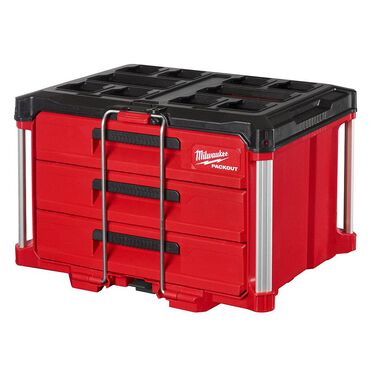Kwikset Limited Edition Single-Cylinder Satin Nickel Contemporary Square Touchscreen Deadbolt
For use on exterior doors where keyed entry and security is needed. Comes with 2 keys. Deadbolt Latch has 2 interchangeable faceplates – round corner and square corner.
The SmartCode touchscreen electronic deadbolt is a one-touch locking motorized deadbolt. With your personalized code, you can enter your home with the convenience of keyless entry and the back-lit keypad provides increased visibility. It features patented SecureScreen? technology to prevent code detection from fingerprints on the touchscreen. SmartCode is easy to install, program and use, and operates on 4 AA batteries. It also features SmartKey Security as the back-up keyway. This single cylinder deadbolt can be locked or unlocked by using the keypad or key from the outside as well as the turn button from the inside. The crisp, clean appearance of the Satin Nickel finish adds to the overall look of the product and brings a modern feel.
- For use on exterior doors where keyed entry and security is needed
- Comes with 2 keys
- Deadbolt Latch has 2 interchangeable faceplates – round corner and square corner
Additional information
| Manufacturer Part Number | 92750-003 |
|---|---|
| Assembled Product Weight | 3 lb |
| Assembled Product Dimensions (L x W x H) | 10.00 x 6.00 x 4.00 Inches |






by Yong
I like it. Very convenient to use.
by Beverly
Love it! My only criticism is the inside faceplate is half black on top and chrome on the bottom. Would give 10 stars if not for that.